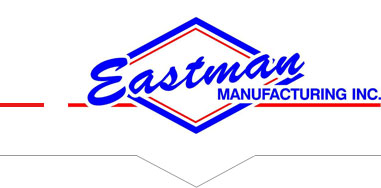Material Construction Options For Process Tanks
Many have mistaken storage tanks for process tanks mainly because they are both industrial containers that can be configured in different ways, depending on their orientation, wall configuration, dimension and placement.
They can also be used for a wide variety of applications such as blending, mixing, metering, and short term or long term storage.
It’s the type of material used for constructing the process tank that will determine the most suitable application of the tank. The most important factors in specifying process tanks are dimension and capacity. Its capacity is measured as the internal volume of space available for storing the material.
When it comes to tank orientation, it can either be horizontal or vertical. The horizontal tanks are typically mounted on saddles or stands and may be equipped with access ports either on the top or bottom. Conversely, vertical process tanks have access ports on their bottom and stand vertically. They can be installed either underground or above ground, depending on their construction, whereas portable tanks are movable using wheels. Moreover, wall construction can also impact how the tank will be used for. For instance, applications that need higher pressure require double-wall tanks while single wall tanks are applicable for various uses.
Additionally, these tanks can be constructed using different materials with some having special linings for unique processes, including glass-lined or special coatings. The following are the various materials that can be used to make a process tank.
Steel: steel offers a wide variety of properties that depend on its particular composition. Most often rolled sheet steel is used for process tank construction. Other steel variations include stainless steel which can resist corrosion and galvanized steel which surface is treated with zinc for added protection.
FRP or Fiberglass Reinforced Polyester: this material is light but is strong enough with excellent corrosion resistance properties. It is made from glass fibres embedded in a resin, which can be formed into various shapes.
Titanium: just like FRP, tanks made of titanium are also lightweight but are extremely strong. This material is preferred where extreme temperatures and stresses are expected for the tank’s application.






